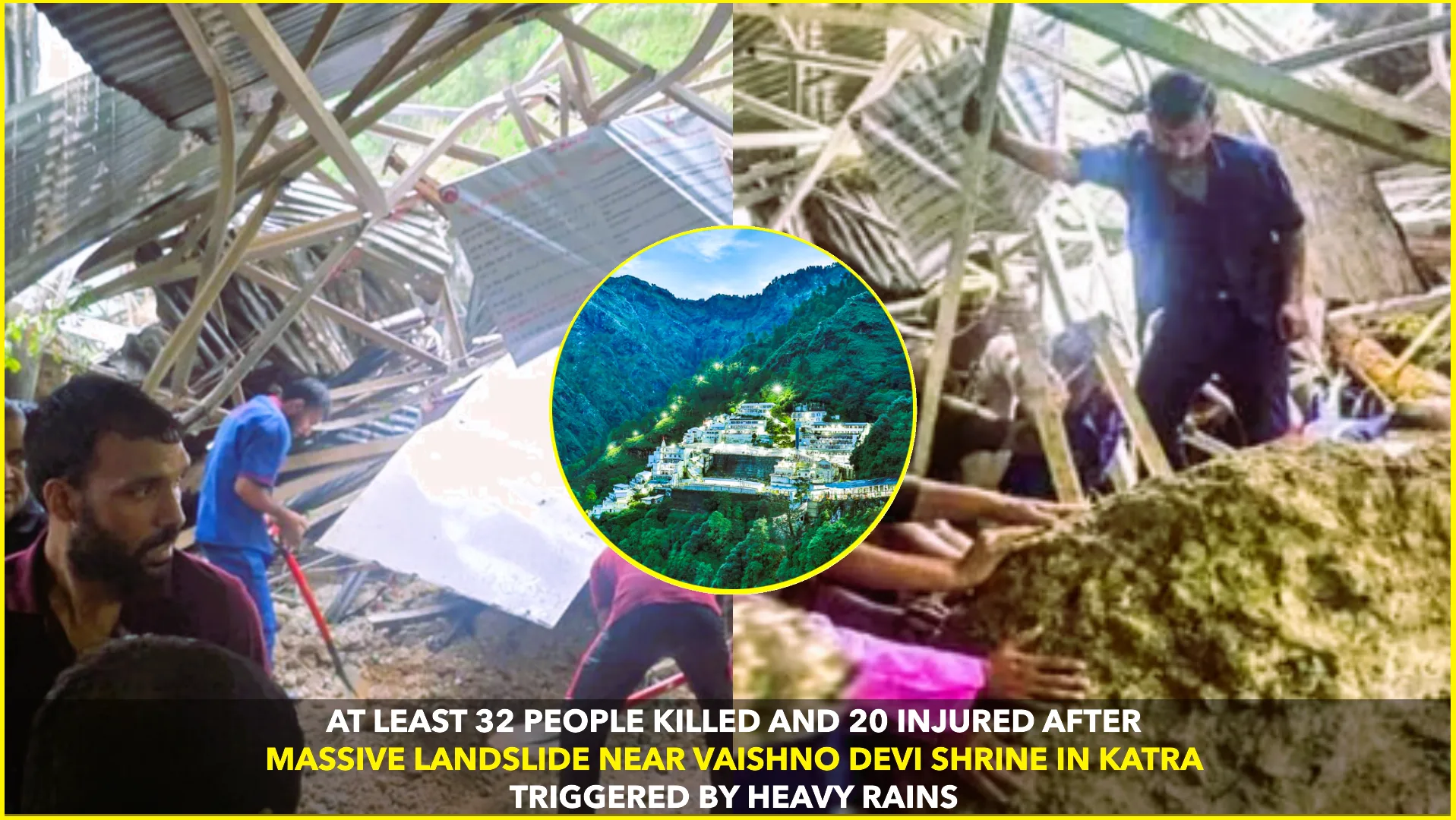Iran has claimed that Russia provided it with advance warning of U.S. airstrikes on June 22, 2025, enabling Tehran to swiftly relocate its stockpile of highly enriched uranium from the Fordow nuclear facility before the strikes occurred.
The claim, reported by Reuters on June 25, cites a senior Iranian official who stated that “Russia tipped us off several hours in advance,” allowing Iran to move uranium and reduce personnel from the site. The Fordow facility, located about 100 kilometers (60 miles) south of Tehran, is one of Iran’s most heavily fortified underground enrichment centers.
Satellite Evidence Supports Movement
Satellite images captured by Maxar Technologies and reviewed by multiple media outlets, including The Guardian and Reuters, show 16 cargo trucks entering and leaving Fordow in the 24-hour period before the attack. The unusual movement suggested logistical activity consistent with the evacuation of critical materials.
According to the International Atomic Energy Agency (IAEA), Iran had approximately 408.6 kilograms of uranium enriched to 60% purity at Fordow as of its last quarterly report. This level is significantly closer to weapons-grade (90%) material and far exceeds the 3.67% enrichment limit set under the now-defunct 2015 Joint Comprehensive Plan of Action (JCPOA).
The Iranian official claimed the majority of this material was relocated to a “secure and secret” location before the airstrikes commenced.
Operation ‘Midnight Hammer’ Targets Nuclear Sites
The U.S. military launched a coordinated operation, dubbed “Midnight Hammer,” involving seven B-2 Spirit stealth bombers and Tomahawk cruise missiles fired from a U.S. Navy submarine. According to a briefing by U.S. Defense Secretary Pete Hegseth, the B-2s dropped 14 GBU-57 Massive Ordnance Penetrator (MOP) bombs, designed to destroy deeply buried targets, on Fordow, Natanz, and Isfahan.
President Donald Trump, in an address from Mar-a-Lago, stated the strikes “completely obliterated” Iran’s nuclear capabilities. However, independent assessments and satellite imagery present a more nuanced picture.
Experts: Fordow May Have Escaped Full Destruction
Satellite images released post-strike show six visible craters and scorched ground near Fordow, but experts caution that these reflect only surface-level damage. The facility is built into a mountain, protected by layers of reinforced concrete and earth.
Jeffrey Lewis, director of the East Asia Nonproliferation Program at the Middlebury Institute, told CNN: “We don’t yet have proof that the underground enrichment halls were fully destroyed. Fordow was built for this type of contingency.”
Similarly, David Albright, former UN weapons inspector and head of the Institute for Science and International Security (ISIS), told Reuters: “Iran appears to have successfully moved its most critical material out of harm’s way—possibly due to foreign intelligence support.”
IAEA: No Radiation Leak Detected
Following the strikes, the IAEA confirmed it detected no increase in radiation levels at or around the Fordow facility. This supports Iran’s assertion that nuclear materials were removed prior to the bombardment. The agency is expected to conduct follow-up inspections to assess the extent of structural damage and verify the location of the uranium stockpile.
Geopolitical Implications
If Russia’s warning is verified, it marks a significant development in global diplomacy. It suggests that Moscow may be deepening its military intelligence coordination with Tehran—posing new challenges for Western powers attempting to contain Iran’s nuclear ambitions.
U.S. State Department officials declined to comment on the Russian involvement. However, a senior Biden-era intelligence analyst speaking anonymously to The Washington Post noted: “It wouldn’t be the first time Russia and Iran shared signals intelligence, but this is the boldest known instance.”
The fallout from Operation Midnight Hammer may reshape not only Iran’s nuclear strategy but also its alliances and deterrence posture in the region.
Sources:
- Reuters: “Iran says it moved uranium stockpile ahead of US airstrikes”
- Maxar Technologies satellite imagery via The Guardian
- CNN interview with Jeffrey Lewis
- IAEA Radiation Monitoring Report (June 24, 2025)
- Official Pentagon Press Briefing by Defense Secretary Pete Hegseth
- Remarks from President Donald Trump, June 23, 2025
- The Washington Post (Anonymous U.S. intelligence analyst)










